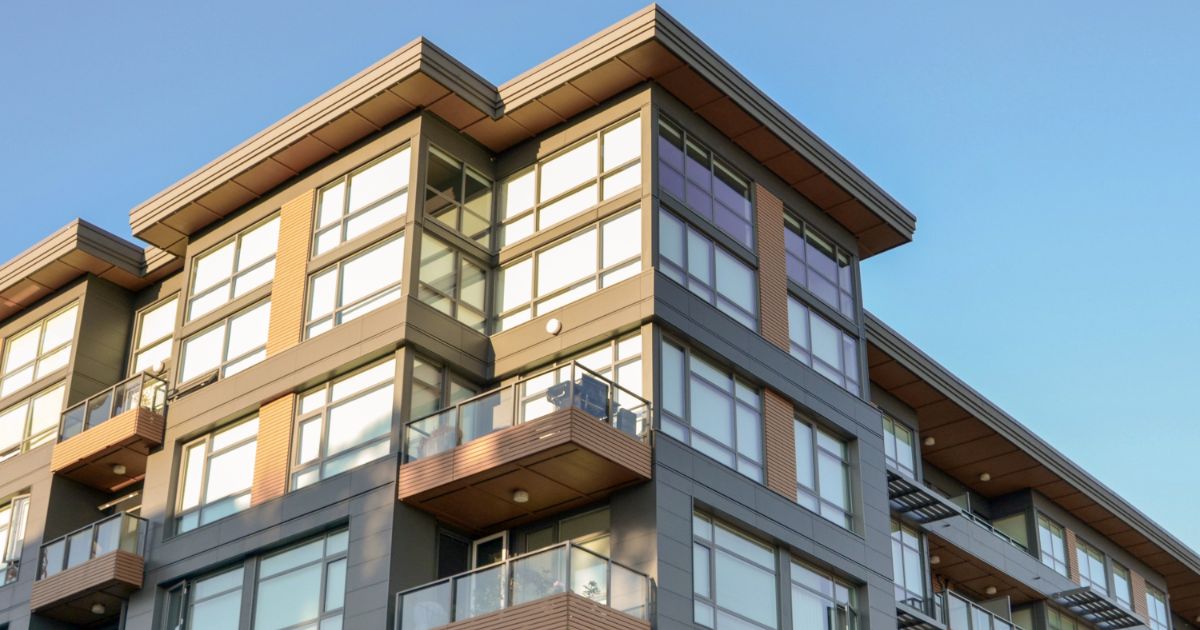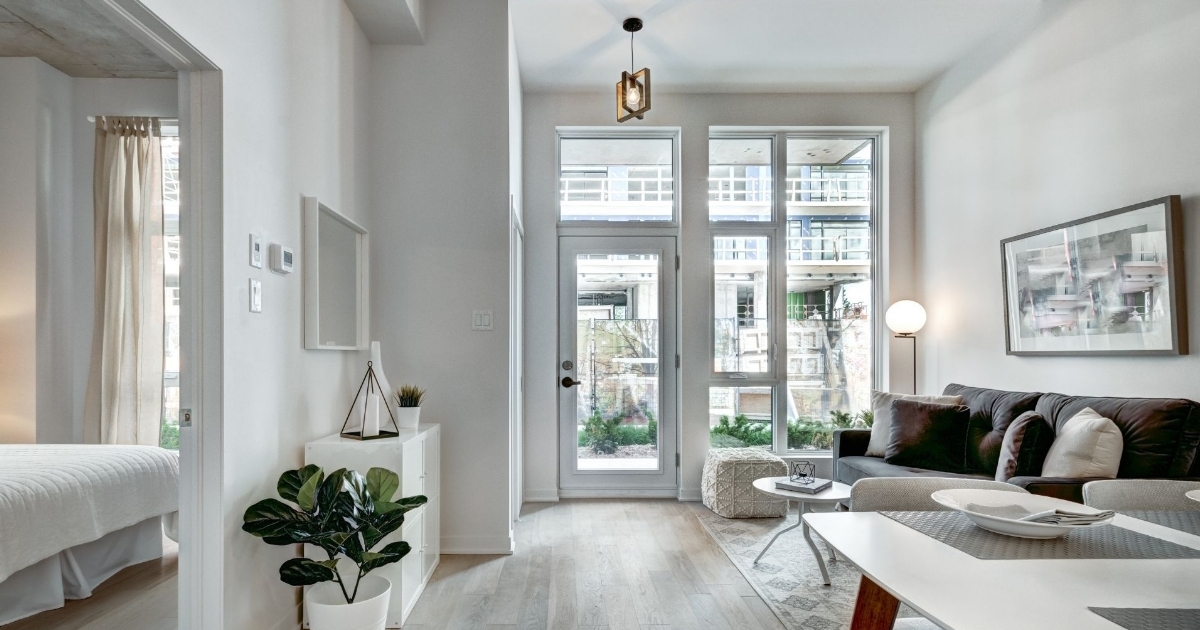
A private home for seniors (RPA) vs a CHSLD: two very different living environments
Despite the many differences between a private home for seniors (also known as a residence privée pour ainés or RPA) and a residential and long-term care centre (also known as a centre d’hébergement de soins de longue durée or CHSLD), the two continue to be confused in the media (and by government officials). Here are 4 major differences between an RPA and a CHSLD:
1. A private home for seniors is, as the name states, privately owned. Residents pay a monthly fee to live in a building divided into units and/or rooms with hospitality and care services. Furthermore, residents can benefit from the government of Quebec’s tax credit for home-support services.
A CHSLD is a taxpayer-funded centre. The patient must pay an amount for room and board which is determined by their financial means.
2. Those who choose to move to an RPA mainly do so for the social aspect, to get closer to services, to access healthcare, for safety concerns, and other reasons. Basically, it’s a personal choice. New RPAs are being built in line with demand and they are designed with quality, budgets, and economies of scale in mind.
Living in a CHSLD is not a choice. People are admitted based on criteria that determine if a person is incapacitated. These are set forth by the region’s CIUSSS (integrated university health and social services centre or centre intégré universitaire de santé et de services sociaux). More than 4,000 people are currently on a waitlist for a spot in a CHSLD in the province of Quebec. The CAQ’s plans for the CHSLD, which it calls “senior homes” will come with a construction cost of nearly $1 million per room.
3. In addition to being subject to the Act respecting health services and social services, the Tribunal administrative du logement (TAL), the Régie du bâtiment du Québec (RBQ), and the Ministère de l’Agriculture, des Pêcheries et de l’Alimentation (MAPAQ), RPAs must stand out because they are governed by the laws of supply and demand. The average cost for living in an RPA in the province of Quebec was $1,922/month in 2021.
On average, each patient living in a CHSLD cost taxpayers $8,500/month. CHSLDs have annual operating funds they must spend every year to maintain their financing.
4. There are currently more than 180,000 senior citizens who have chosen to move to an RPA. Keep in mind that the level of services and care, types of clients (independent individuals, individuals affected by a loss of independence), and prices vary from one RPA to the next.
There are 44,000 spots in CHSLDs in Quebec for patients – mainly senior citizens – with severe loss of autonomy.


